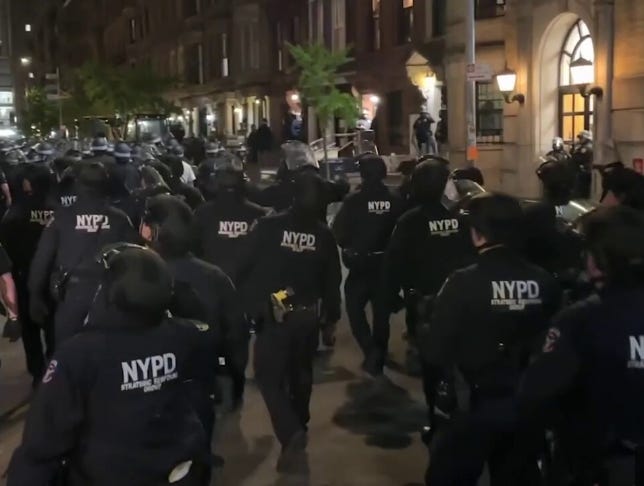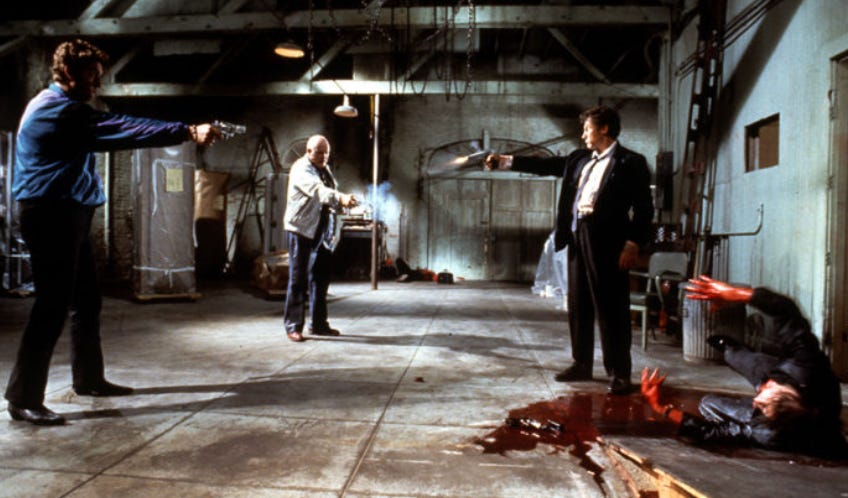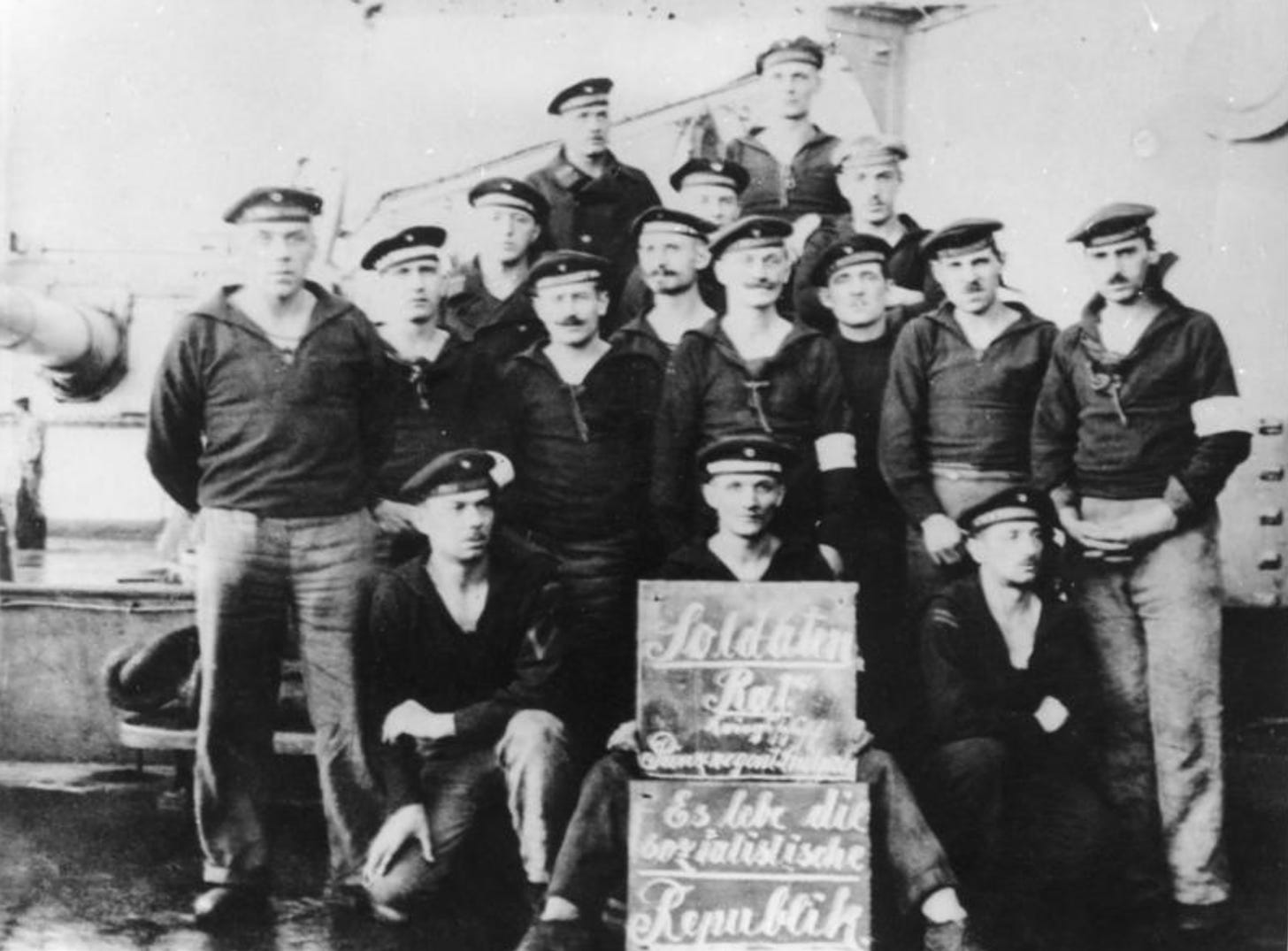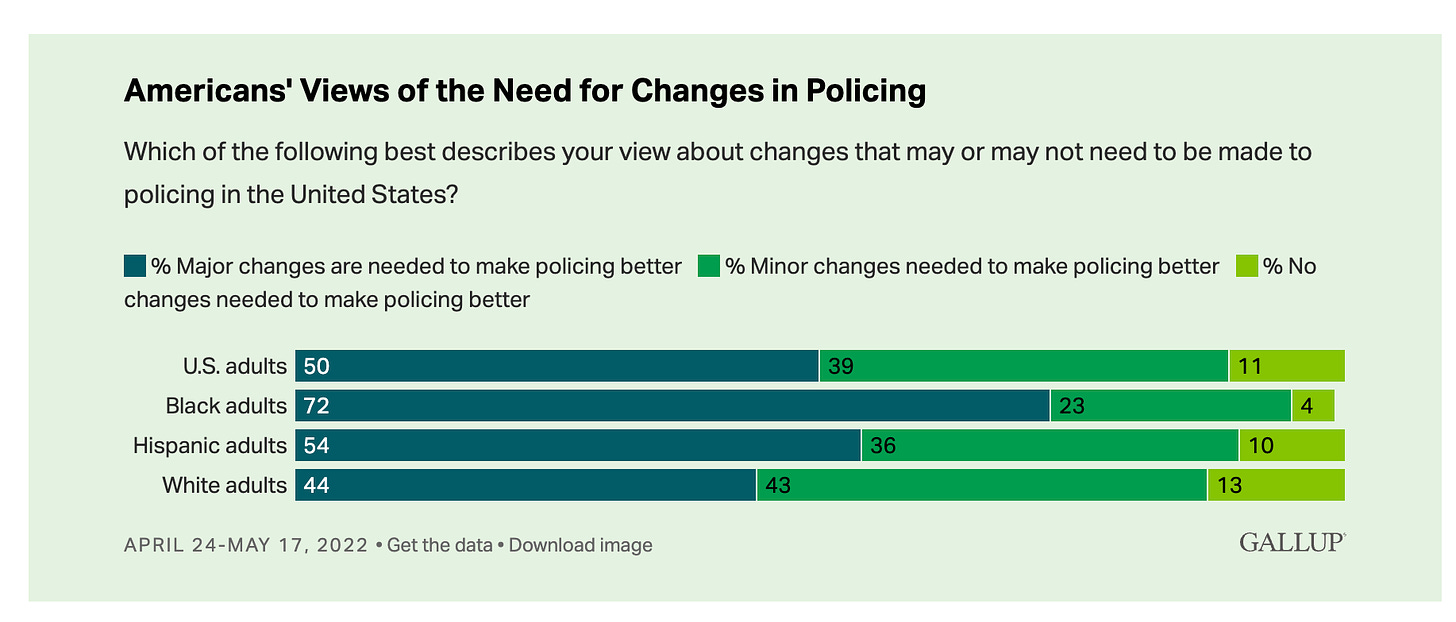Today's links
General Mills and cheaply bought "dietitians" co-opted the anti-diet movement (permalink)
Steve Bannon isn't wrong: for his brand of nihilistic politics to win, all he has to do is "flood the zone with shit," demoralizing people to the point where they no longer even try to learn the truth.
This is really just a more refined, more potent version of the tactical doubt sown by Big Tobacco about whether smoking caused cancer, a playbook later adopted by the fossil fuel industry to sell climate denial. You know Darrell Huff's 1954 classic How To Lie With Statistics? Huff was a Big Tobacco shill (his next book, which wasn't ever published, was How To Lie With Cancer Statistics). His mission wasn't to help you spot statistical malpractice – an actual thing that is an actual problem that you should actually learn to spot. It was to turn you into a nihilist who didn't believe anything could be known:
https://pluralistic.net/2021/01/04/how-to-truth/#harford
Corporations don't need you to believe that their products are beneficial or even non-harmful. They just need you to believe nothing. If you don't know what's true, then why not just do whatever feels good, man? #YOLO!
These bannonfloods of shit are a favored tactic of strongmen and dictators. Their grip on power doesn't depend on their citizens trusting them – it's enough that they trust no one:
http://jonathanstray.com/networked-propaganda-and-counter-propaganda
Bannonflooding is especially beloved of the food industry. Food is essential, monopolized, and incredibly complicated, and many of the most profitable strategies for growing, processing and preparing food are very bad for the people who eat that food. Rather than sacrificing profits, the food industry floods the zone with shit, making it impossible to know what's true, in hopes that we will just eat whatever they're serving:
https://journals.plos.org/plosbiology/article?id=10.1371/journal.pbio.2003460
Now, the "nothing can be known" gambit only works if it's really hard to get at the truth. So it helps that nutrition and diet are very complex subjects, but it helps even more that the nutrition and diet industry are a cesspool of quacks and junk science. This is a "scientific discipline" whose prestigious annual meetings are sponsored (and catered) by McDonald's:
https://www.motherjones.com/environment/2014/05/my-trip-mcdonalds-sponsored-nutritionist-convention/
It's a "science" whose most prominent pitchmen peddle quack nostrums and sue the critics who point out (correctly) that eating foods high in chlorophyll will not "oxygenate your blood" (hint, chlorophyll only makes oxygen in the presence of light, which is notably lacking in your colon):
https://www.badscience.net/2007/02/ms-gillian-mckeith-banned-from-calling-herself-a-doctor/
When the quack-heavy world of nutrition combines with the socially stigmatized world of weight-loss, you get a zone ripe for shitflooding. The majority of Americans are "overweight" (according to a definition that relies on the unscientific idea of BMI) and nearly half of Americans are "obese." These numbers have been climbing steadily since the 1970s, and every diet turns out to be basically bullshit:
https://headgum.com/factually-with-adam-conover/what-does-ozepmic-actually-do-with-dr-dhruv-khullar
Notwithstanding the new blockbuster post-Ozempic drugs, we're been through an unbroken 50-year run of more and more of us being fatter and fatter, even as fat stigma increased. Fat people are treated as weak-willed and fundamentally unhealthy, while the most prominent health-risks of being fat are roundly neglected: the mental health effects of being shamed, and the physical risks of having doctors ignore your health complaints, no matter how serious they sound, and blame them on your weight:
Fat people and their allies have banded together to address these real, urgent harms. The "body acceptance" movement isn't merely about feeling good in your own skin: it's also about fighting discrimination, demanding medical care (beyond "lose some weight") and warning people away from getting on the diet treadmill, which can lead to dangerous eating disorders and permanent weight gain:
https://www.beacon.org/You-Just-Need-to-Lose-Weight-P1853.aspx
Fat stigma is real. The mental health risks of fat-shaming are real. Eating disorders are real. Discrimination against fat people is real. The fact that these things are real doesn't mean that the food industry can't flood the zone with shit, though. On the contrary: the urgency of these issues, combined with the poor regulation of dietitians, makes the "what should you eat" zone perfect for flooding with endless quantities of highly profitable shit.
Perhaps you've gotten some of this shit on you. Have you found yourself watching a video from a dietitian influencer like Cara Harbstreet, Colleen Christensen or Lauren Smith, promoting "health at any size" with hashtags like #DerailTheShame and #AntiDiet? These were paid campaigns sponsored by General Mills, Pepsi, and other multinational, multibillion-dollar corporations.
Writing for The Examination, Sasha Chavkin, Anjali Tsui, Caitlin Gilbert and Anahad O'Connor describe the way that some of the world's largest and most profitable corporations have hijacked a movement where fat people and their allies fight stigma and shame and used it to peddle the lie that their heavily processed, high-calorie food is good for you:
It's a surreal tale. They describe a speech by Amy Cohn, General Mills’ senior manager for nutrition, to an audience at a dietitian's conference, where Cohn "denounced the media for 'pointing the finger at processed foods' and making consumers feel ashamed of their choices." This is some next-level nihilism: rather than railing against the harmful stigma against fat people, Cohn wants us to fight the stigma against Cocoa Puffs.
This message isn't confined to industry conferences. Dietitians with large Tiktok followings like Cara Harbstreet then carry the message out to the public. In Harbstreet's video promoting Cinnamon Toast Crunch, Cocoa Puffs and Trix, she says, "I will always advocate for fearlessly nourishing meals, including cereal…Because everyone deserves to enjoy food without judgment, especially kids":
https://www.tiktok.com/@streetsmart.rd/video/7298403730989436206
Dietitians, nutritionists and the food industry have always had an uncomfortably close relationship, but the industry's shitflooding kicked into high gear when the FDA proposed rules limiting which foods the industry can promote as "healthy." General Mills, Kelloggs and Post have threatened a First Amendment suit against such a regulation, arguing that they have a free speech right to describe manifestly unhealthy food as "healthy."
The anti-diet movement – again, a legitimate movement aimed at fighting the dangerous junk science behind dieting – has been co-opted by the food industry, who are paying dietitian influencers to say things like "all foods have value" while brandishing packages of Twix and Reese's. In their Examination article, the authors profile people who struggled with their weight, then, after encountering the food industry's paid disinformation, believed that "healthy at any size" meant that it would be unhealthy to avoid highly processed, high calorie food. These people gained large amounts of weight, and found their lives constrained and their health severely compromised.
I've been overweight all my life. I went to my first Weight Watchers meeting when I was 12. I come from a family of overweight people with the chronic illnesses often associated with being fat. This is a subject that's always on my mind. I even wrote a whole novel about the promise and peril of a weight-loss miracle:
https://us.macmillan.com/books/9781429969284/makers
I think the anti-diet movement, and its associated ideas like body acceptance and healthy at every size, are enormously positive developments and hugely important. It's because I value these ideas that I'm so disgusted with Big Food and its cynical decision to flood the zone with shit. It's also why I'm so furious with dietitians and nutritionists for failing to self-regulate and become a real profession, the kind that censures and denounces quacks and shills.
I have complicated feelings about Ozempic and its successors, but even if these prove to be effective and safe in the long term, and even if we rein in the rapacious pharma companies so that they no longer sell a $5 product for $1000, I would still want dietary science to clean up its act:
https://jamanetwork.com/journals/jamanetworkopen/fullarticle/2816824
I'm not a nihilist. I think we can use science to discover truths – about ourselves and our world. I want to know those truths, and I think they can be known. The only people who benefit from convincing you that the truth is unknowable are the people who want to lie to you.
Hey look at this (permalink)

This day in history (permalink)
#20yrsago Every copy of Reason customized with sat photos of subscribers’ homes https://web.archive.org/web/20100521071233/https://www.nytimes.com/2004/04/05/business/mediatalk-putting-40000-readers-one-by-one-on-a-cover.html
#15yrsago Congressman who’s giving payday loan companies legal 391% APR loans says he’s powerless to resist their lobbying https://consumerist.com/2009/04/05/house-preparing-to-legalize-payday-loans-with-391-aprs/
#5yrsago The New York Times’s chilling multimedia package on China’s use of “smart city” tech to create an open-air prison https://www.nytimes.com/interactive/2019/04/04/world/asia/xinjiang-china-surveillance-prison.html
#5yrsago Googler uprising leads to shut down of AI ethics committee that included the president of the Heritage Foundation https://www.vox.com/future-perfect/2019/4/4/18295933/google-cancels-ai-ethics-board
#5yrsago Most paint-spatters are valid perl programs https://docs.google.com/document/d/1ZGGNMfmfpWB-DzWS3Jr-YLcRNRjhp3FKS6v0KELxXK8/preview
#5yrsago The Internet Archive has recovered 500,000+ of the 50,000,000 songs Myspace “accidentally” deleted during a server migration https://www.techspot.com/news/79511-internet-archive-recovers-half-million-lost-myspace-songs.html
#5yrsago Ontario’s low-budget Trump-alike wants to eliminate sedation for people getting colonoscopies https://toronto.citynews.ca/2019/04/04/exclusive-changes-proposed-to-ohip-coverage/
#5yrsago Colorado’s net neutrality law will deny grant money to ISPs that engage in network discrimination https://coloradosun.com/2019/04/05/colorados-own-net-neutrality-bill-gets-some-teeth/
Upcoming appearances (permalink)

- UCLA Institute for Law, Technology and Policy, Apr 10
https://pages.e2ma.net/pages/1972582/47480 -
The Bezzle at Harvard Berkman-Klein Center, with Randall Munroe (Boston), Apr 11
https://cyber.harvard.edu/events/enshittification -
RISD Debates in AI (Providence), Apr 12
https://involved.risd.edu/event/9777963 -
The Bezzle at Anderson's Books (Chicago), Apr 17
https://www.andersonsbookshop.com/event/cory-doctorow-1 -
Torino Biennale Tecnologia (Apr 21)
https://www.turismotorino.org/en/experiences/events/biennale-tecnologia -
The Bezzle at Book Passage Corte Madera (Marin County), April 27
https://www.bookpassage.com/event/cory-doctorow-bezzle-martin-hench-novel-corte-madera-store -
Canadian Centre for Policy Alternatives (Winnipeg), May 2
https://www.eventbrite.ca/e/cory-doctorow-tickets-798820071337 -
Wordfest (Calgary), May 3
https://wordfest.com/2024/event/wordfest-presents-cory-doctorow-2/ -
Massy Arts (Vancouver), May 4
https://www.eventbrite.ca/e/solo-reading-cory-doctorow-the-bezzle-tickets-876989167207 -
Tartu Prima Vista Literary Festival (May 5-11)
https://tartu2024.ee/en/kirjandusfestival/ -
Tim O’Reilly and Cory Doctorow on “Enshittification” and the Future of AI (May 14)
https://www.oreilly.com/live-events/tim-oreilly-and-cory-doctorow-on-enshittification-and-the-future-of-ai/0642572001651/ -
Media Ecology Association keynote (Amherst, NY), Jun 6-9
https://media-ecology.org/convention -
American Association of Law Libraries keynote (Chicago), Jul 21
https://www.aallnet.org/conference/agenda/keynote-speaker/
Recent appearances (permalink)
Latest books (permalink)
- The Bezzle: a sequel to "Red Team Blues," about prison-tech and other grifts, Tor Books (US), Head of Zeus (UK), February 2024 (the-bezzle.org). Signed, personalized copies at Dark Delicacies (https://www.darkdel.com/store/p3062/Available_Feb_20th%3A_The_Bezzle_HB.html#/).
-
"The Lost Cause:" a solarpunk novel of hope in the climate emergency, Tor Books (US), Head of Zeus (UK), November 2023 (http://lost-cause.org). Signed, personalized copies at Dark Delicacies (https://www.darkdel.com/store/p3007/Pre-Order_Signed_Copies%3A_The_Lost_Cause_HB.html#/)
-
"The Internet Con": A nonfiction book about interoperability and Big Tech (Verso) September 2023 (http://seizethemeansofcomputation.org). Signed copies at Book Soup (https://www.booksoup.com/book/9781804291245).
-
"Red Team Blues": "A grabby, compulsive thriller that will leave you knowing more about how the world works than you did before." Tor Books http://redteamblues.com. Signed copies at Dark Delicacies (US): and Forbidden Planet (UK): https://forbiddenplanet.com/385004-red-team-blues-signed-edition-hardcover/.
-
"Chokepoint Capitalism: How to Beat Big Tech, Tame Big Content, and Get Artists Paid, with Rebecca Giblin", on how to unrig the markets for creative labor, Beacon Press/Scribe 2022 https://chokepointcapitalism.com
-
"Attack Surface": The third Little Brother novel, a standalone technothriller for adults. The Washington Post called it "a political cyberthriller, vigorous, bold and savvy about the limits of revolution and resistance." Order signed, personalized copies from Dark Delicacies https://www.darkdel.com/store/p1840/Available_Now%3A_Attack_Surface.html
-
"How to Destroy Surveillance Capitalism": an anti-monopoly pamphlet analyzing the true harms of surveillance capitalism and proposing a solution. https://onezero.medium.com/how-to-destroy-surveillance-capitalism-8135e6744d59?sk=f6cd10e54e20a07d4c6d0f3ac011af6b) (signed copies: https://www.darkdel.com/store/p2024/Available_Now%3A__How_to_Destroy_Surveillance_Capitalism.html)
-
"Little Brother/Homeland": A reissue omnibus edition with a new introduction by Edward Snowden: https://us.macmillan.com/books/9781250774583; personalized/signed copies here: https://www.darkdel.com/store/p1750/July%3A__Little_Brother_%26_Homeland.html
-
"Poesy the Monster Slayer" a picture book about monsters, bedtime, gender, and kicking ass. Order here: https://us.macmillan.com/books/9781626723627. Get a personalized, signed copy here: https://www.darkdel.com/store/p2682/Corey_Doctorow%3A_Poesy_the_Monster_Slayer_HB.html#/.
Upcoming books (permalink)
- Picks and Shovels: a sequel to "Red Team Blues," about the heroic era of the PC, Tor Books, February 2025
-
Unauthorized Bread: a graphic novel adapted from my novella about refugees, toasters and DRM, FirstSecond, 2025
Colophon (permalink)
Today's top sources: Super Punch (https://www.superpunch.net/).
Currently writing:
- A Little Brother short story about DIY insulin PLANNING
-
Picks and Shovels, a Martin Hench noir thriller about the heroic era of the PC. FORTHCOMING TOR BOOKS JAN 2025
-
Vigilant, Little Brother short story about remote invigilation. FORTHCOMING ON TOR.COM
-
Spill, a Little Brother short story about pipeline protests. FORTHCOMING ON TOR.COM
Latest podcast: Subprime gadgets https://craphound.com/news/2024/03/31/subprime-gadgets/

This work – excluding any serialized fiction – is licensed under a Creative Commons Attribution 4.0 license. That means you can use it any way you like, including commercially, provided that you attribute it to me, Cory Doctorow, and include a link to <a href="http://pluralistic.net" rel="nofollow">pluralistic.net</a>.
https://creativecommons.org/licenses/by/4.0/
Quotations and images are not included in this license; they are included either under a limitation or exception to copyright, or on the basis of a separate license. Please exercise caution.
How to get Pluralistic:
Blog (no ads, tracking, or data-collection):
Newsletter (no ads, tracking, or data-collection):
https://pluralistic.net/plura-list
Mastodon (no ads, tracking, or data-collection):
Medium (no ads, paywalled):
Twitter (mass-scale, unrestricted, third-party surveillance and advertising):
Tumblr (mass-scale, unrestricted, third-party surveillance and advertising):
https://mostlysignssomeportents.tumblr.com/tagged/pluralistic
"When life gives you SARS, you make sarsaparilla" -Joey "Accordion Guy" DeVilla













